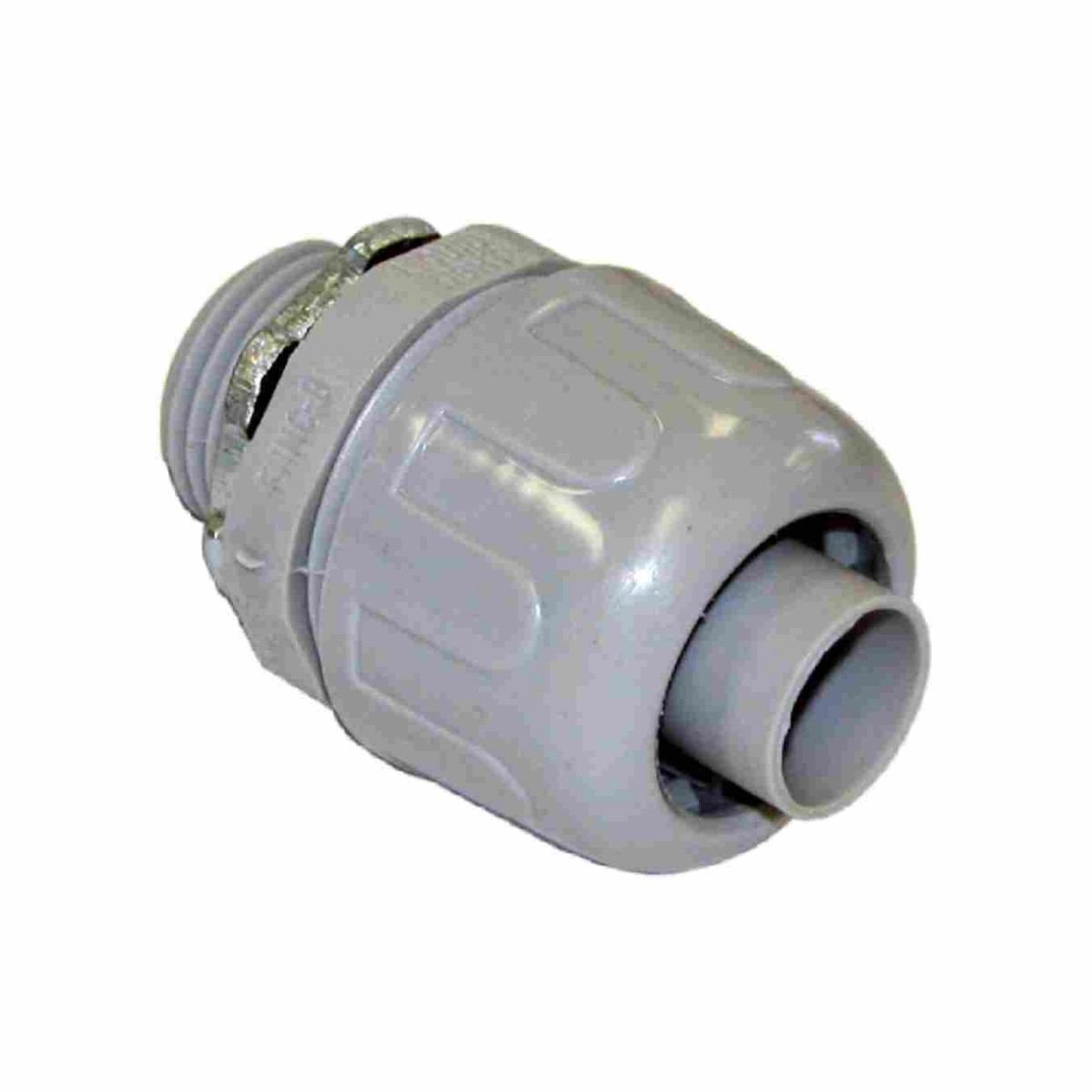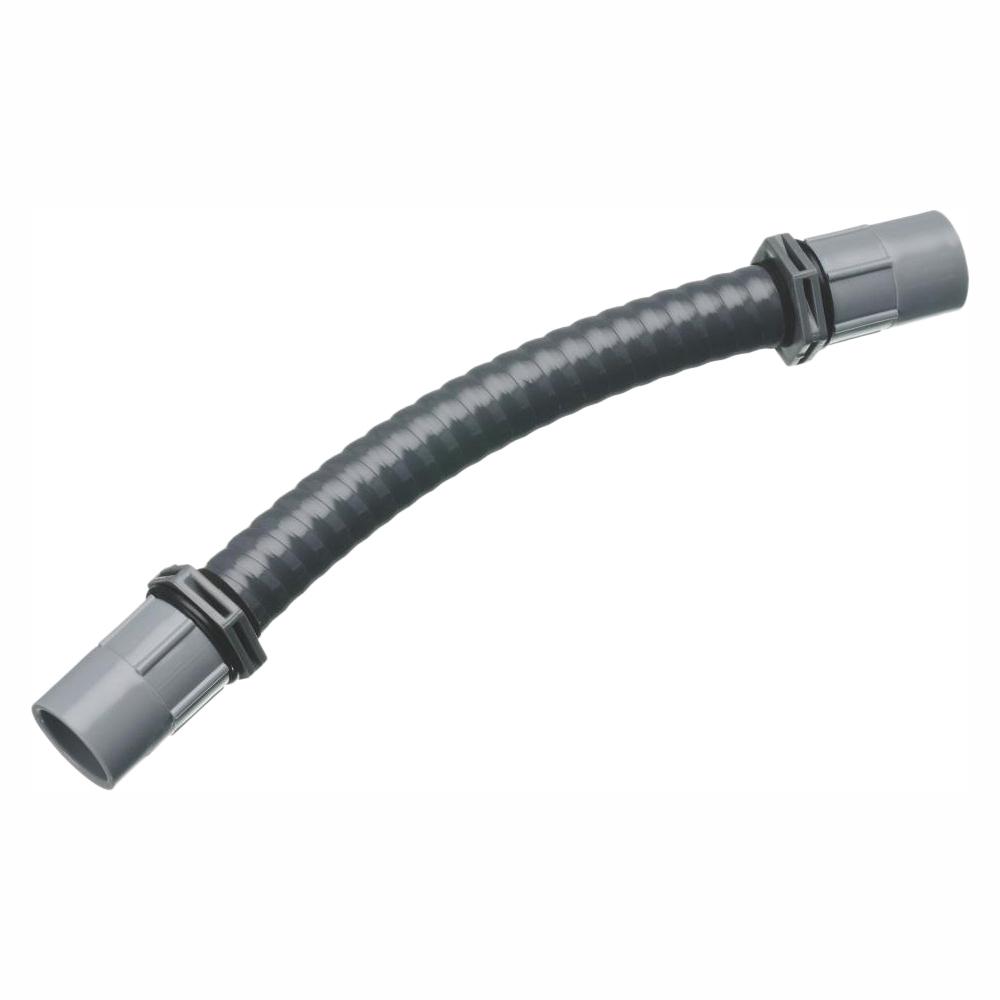This is pvc pipe from a gfci disconnect to a hot tub but I want to finish the last portion of conduit into the tub with non metallic liquid tight.
What is the go to method for such transitions? I am thinking to use a PVC female adapter on th e pvc and then screw in a liquid tight connector with the rubber o-ring in place. PVC glue on the threads a bad idea?
Is this common practice installation or should I just put in a PVC box?
What is the go to method for such transitions? I am thinking to use a PVC female adapter on th e pvc and then screw in a liquid tight connector with the rubber o-ring in place. PVC glue on the threads a bad idea?
Is this common practice installation or should I just put in a PVC box?







